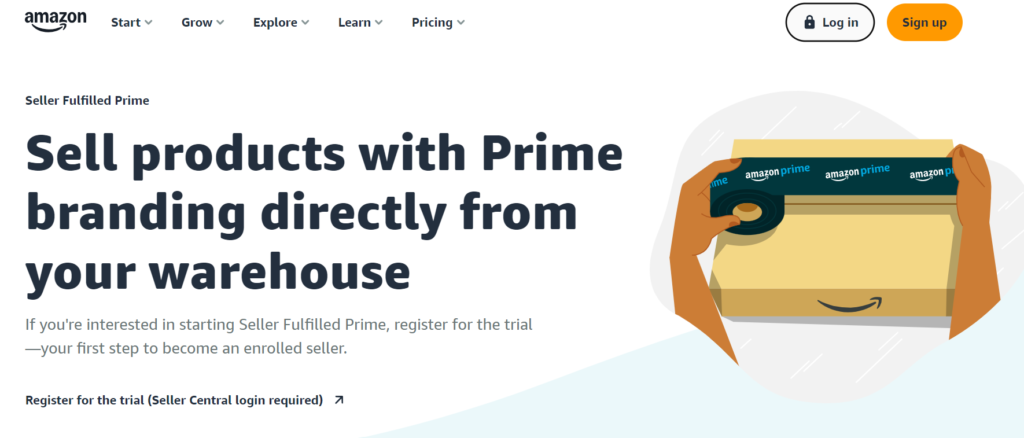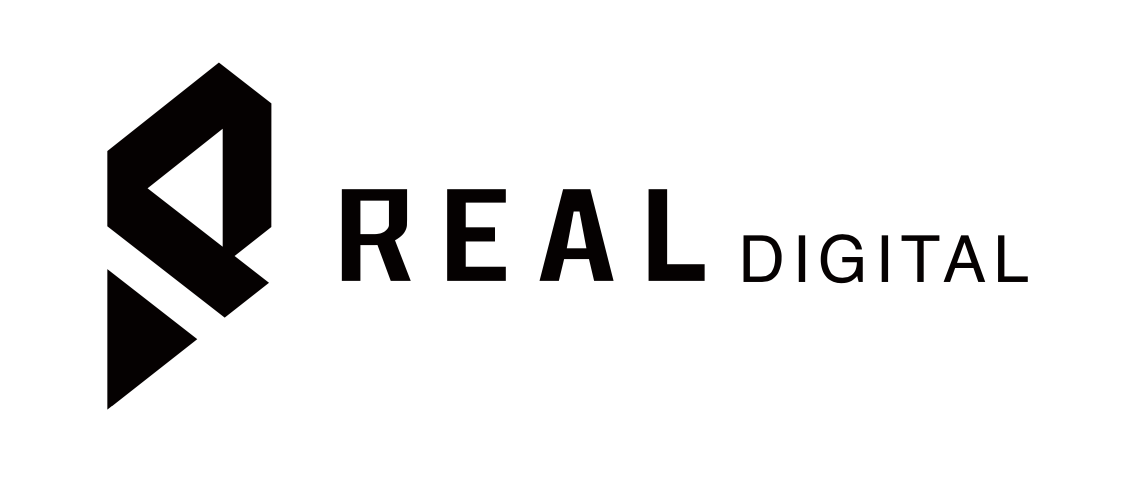What is Amazon Seller Fulfilled Prime?
Introduction
Amazon Seller Fulfilled Prime (SFP) allows third-party sellers to offer Prime shipping from their warehouses, requiring high-performance metrics and a successful trial period. Sellers must handle storage, packing, and shipping using Amazon-approved carriers and meet fast shipping standards. While potentially saving on Fulfillment by Amazon (FBA) fees, SFP demands significant operational efficiency and cost management.
Let’s look at how SFP can enhance your business by offering Prime shipping from your warehouse while navigating the operational and performance challenges it entails.
What is Amazon Seller Fulfilled Prime (SFP)?
Amazon Seller Fulfilled Prime (SFP) is a program that allows third-party sellers to list their products with the Prime badge while fulfilling orders from their warehouses.
Benefits of SFP include greater control over inventory and fulfillment processes, significant potential cost savings compared to FBA, and the ability to offer Prime shipping to customers. However, maintaining the required performance standards can be challenging and require significant operational capability. These sellers must fulfill several requirements to be approved and keep their status, including continuously upholding Amazon’s strict shipping and customer care policies.
SFP Requirements
- High-Performance Metrics: Sellers must maintain an order defect rate below 1%, a pre-fulfillment cancel rate below 0.5%, and a late shipment rate below 1%.
- Two-Day Shipping: To meet Prime service level standards, they must guarantee quick shipping, such as same-day or next-day delivery.
- Trial Period: Complete a trial period fulfilling Prime orders without the Prime badge.
- Inventory management: Sellers need reliable mechanisms for tracking stock levels to avoid overselling and preserve inventory visibility.
- Customer service: SFP vendors must deliver exceptional customer service by swiftly answering buyers’ questions and resolving problems.
- Fulfillment Compliance: Sellers must follow Amazon’s shipping, labeling, and packing guidelines.
- Operational Capacity: Sellers must exhibit the capacity to manage large order quantities and sustain effective operations to satisfy all consumer expectations.
- Return Policies: Adhere to Amazon’s return policies and ensure a seamless customer return process.
SFP Pros and Cons
| PROS | CONS |
| Access to Amazon’s 150 million Prime members, who are known for their loyalty to Amazon as their primary shopping destination. | Strict adherence to Amazon’s standards is necessary to maintain SFP eligibility; failure to meet these requirements can lead to loss of Prime status. |
| Enabling the Prime badge increases product discoverability, as Prime members can filter searches to show only Prime-eligible products. | Responsibility for storing and shipping items entails costs such as warehouse rental, labor, shipping supplies, and potentially higher expedited shipping expenses, which can impact profit margins. |
| Avoidance of FBA fees and storage costs can lead to higher profitability compared to using FBA, whose fee structure is weight and dimension-based and fluctuates seasonally. | Handling customer returns directly, rather than through Amazon, requires adherence to Amazon’s return policies and efficient management of reverse logistics, which can be challenging without dedicated space and procedures. |
| Enhanced competitiveness for the Buy Box, where products with the Prime badge often have an advantage over those fulfilled by merchants (FBM). | |
| Greater control over inventory management and logistics, allowing for more efficient operations and avoiding potential delays and storage limitations associated with FBA. |
SFP Fees
Amazon Seller Fulfilled Prime (SFP) does not have a fixed program fee but involves several cost components that sellers must manage. Most fees are related to shipping, where sellers pay the cost of using carriers authorized by Amazon to fulfill the two-day delivery requirement. Additional expenses are spent on packaging and handling to guarantee that the items are ready for shipping. To comply with tracking and delivery requirements, shipping labels must be purchased using Amazon’s Buy Shipping services. Likewise, sellers must budget for labor, rent, utilities, and warehouse equipment and make technological investments for effective order processing and tracking.
Other costs associated with SFP include handling returns, which involves return shipping and processing returned items. Sellers must also pay Amazon referral fees, which are a percentage of the sale price and vary by product category. Effective inventory management is crucial, as sellers bear the cost of storing and managing their inventory. These expenses vary significantly based on operational setup, shipping volume, and product types. Therefore, it is essential for sellers to thoroughly calculate these costs to determine if participating in SFP is financially viable for their business.
How to enroll Amazon SFP?

To enroll, visit https://sell.amazon.com/programs/seller-fulfilled-prime and click “Register for the trial.”
Which one is better? Amazon SFP or FBA?
Choosing between Amazon Seller Fulfilled Prime (SFP) and Fulfillment by Amazon (FBA) depends on your business needs and capabilities. SFP offers greater control over inventory, shipping flexibility, and branding opportunities but requires robust logistics to meet Prime standards and incurs shipping costs. FBA, on the other hand, outsources storage, packaging, and shipping to Amazon, making it easier to manage large volumes and provide customer service support. Still, it comes with significant fees and less control over inventory and the customer experience. If you have the infrastructure to manage logistics efficiently, SFP might be better; otherwise, FBA is more scalable and less labor-intensive.
Is Amazon SFP worth it?
Amazon Seller Fulfilled Prime (SFP) can be worth it if your business has the logistics infrastructure to meet Amazon’s strict shipping standards, as it allows your products to display the Prime badge, potentially increasing visibility and sales. SFP controls inventory, packaging, and shipping, avoiding FBA fees and enabling personalized customer service. However, it demands a robust and resource-intensive logistics operation and can incur significant shipping costs. SFP is ideal for businesses with solid logistics capabilities, high-margin products, or those seeking to maintain control over their fulfillment processes while benefiting from the Prime badge.
Who can use Amazon’s Seller Fulfilled Prime Program?
Amazon’s Seller Fulfilled Prime (SFP) program is available to professional sellers with solid performance metrics and the ability to manage their shipping operations to meet Amazon’s Prime standards, including same-day or two-day delivery. Ideal candidates include established sellers with robust logistics infrastructure, the capability to handle fast shipping, and a desire to control their inventory, packaging, and customer experience. Sellers must pass a trial period demonstrating their ability to meet these requirements consistently. SFP is particularly suitable for businesses with high-margin products that focus on delivering a branded customer experience.
Book your Free Consultation with us, or get in touch here: [email protected]


